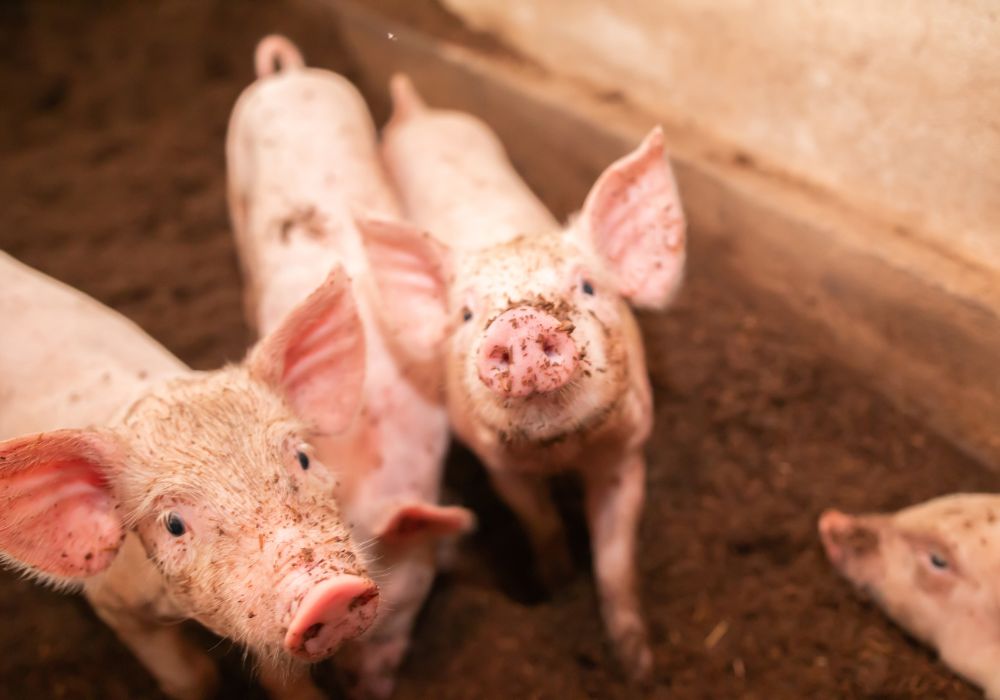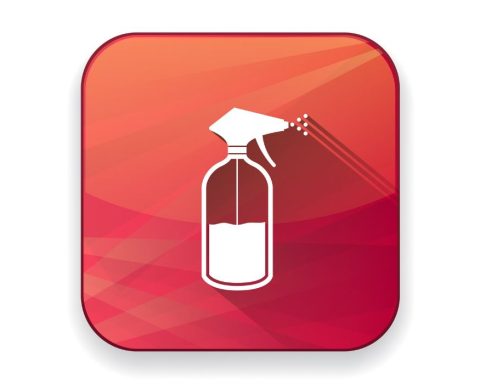Herman Barkema, a professor at the University of Calgary’s veterinary medicine school, has wrestled with some of the most notorious animal diseases in a four-decade career, from mastitis, an udder infection, to spongiform encephalopathy, more commonly known as mad cow disease.
Since the 1940s, diseases like these have been kept in check thanks to drugs like penicillin and streptomycin that drove death rates among both animals and humans – especially children under five – way down. Bacteria, however, haven’t survived for 3.5 billion years without developing defence mechanisms against environmental insults, and this includes modern pharmaceuticals. Called antimicrobial resistance, or AMR, this survival tactic has created a crisis that experts say is as urgent as climate change.
“Antimicrobial resistance is at levels that we’ve never seen in developed countries,” Barkema says. “There will come a time when a wound cannot be treated anymore if it is infected.”
AMR is getting worse in part because of animal antibiotic consumption. The statistics are grim. An estimated 104,079 tonnes of antibiotics will be used by the agriculture sector by 2030 as the demand for pork, beef and poultry grows, especially in low- and middle-income countries. A 2023 article in The Lancet connected animal antibiotic consumption with resistance in human diseases: in 2017, AMR was implicated in the deaths of 1.27 million people. AMR is expected to cause 10 million deaths by 2050, making it more dangerous than cancer.
The ever-increasing industrialization of agriculture is one of the drivers. The United States has mega hog facilities that each produce hundreds of thousands of animals every year. In Canada, 7,000 hog operations produce about 25.5 million animals every year. And China, which began large-scale swine and dairy production about four decades ago, has built a 26-storey pig high-rise that researchers say will be a conduit for disease due to crowding, which, among many things, causes stress that decreases natural immunity.
Chinese farmers didn’t have the husbandry skills or experience to optimize herd health, says Barkema, a dairy cow specialist and infectious diseases expert who has made numerous trips to China, advising dairy farmers on their operations. “A blanket of antibiotics” was used to “cover mistakes in management,” he says. “The best way to prevent antimicrobial resistance is by prevention of infections, because then you don’t have to treat them – period.” Nevertheless, China remains the world’s largest consumer of agriculture antibiotics, using 30% of overall antimicrobial production for livestock maintenance, according to the journal Current Research in Microbial Sciences.
Western nations, too, have been guilty of antimicrobial overuse since the 1940s, when it was discovered that low-dose antibiotics not only prevented disease but caused animals to gain weight. Administering constant low doses killed off weak bacteria but inadvertently selected for stronger ones, increasing AMR. Legislation in the United Kingdom, the EU and North America has banned the use of antibiotics for such use; however, such restrictions are less diligently maintained in lower- to middle-income countries, Barkema says.
Once bacteria develop resistance, there’s no putting the genie back in the bottle. The B.C. Centre for Disease Control encourages the reduction of antibiotics in humans to try to tackle AMR. Animal husbandry practices, however, counteract the measures increasingly being taken by human medicine practitioners, with antibiotic use in animal farming growing by an estimated 8% between 2020 and 2030, according to Nature.
The ability to leap the species barrier makes the spectre of AMR increasingly grim, and more research is needed to assess how easily resistant bacteria pass from animals into humans.
The Government of Canada reports that 14,000 deaths were linked to AMR in 2018, while AMR was directly responsible for 5,400 deaths. In the U.S., the Centers for Disease Control and Prevention reports 2.8 million infections and more than 35,000 deaths in humans related to AMR.
There will come a time when a wound cannot be treated anymore if it is infected.
– Herman Barkema, infectious diseases expert
Tackling AMR requires what has been dubbed a “One Health” approach that involves coordination between animal health, human health and environmental experts. In Alberta, where Barkema is based, more than 100 researchers from different disciplines – human and veterinary medicine as well as the Ministry of Environment and Protected Areas – are working on antimicrobial stewardship. The public is “very much involved,” with regular informational workshops on what individuals can do to fight AMR. “We need to make the public aware of this silent epidemic,” Barkema says.
The One Health approach is growing globally. In June, four multilateral agencies – the World Health Organization, the UN Food and Agriculture Organization, the UN Environment Programme and the World Organisation for Animal Health – released A One Health Priority Research Agenda for Antimicrobial Resistance to advocate for increased research and investment.
The same month, the Public Health Agency of Canada released the five-year Pan-Canadian Action Plan on Antimicrobial Resistance. It was developed with federal partners, the provinces and territories to strengthen the country’s collective AMR response using the One Health approach.
Critical to combatting AMR is improved diagnostics, says Ian Lewis, a visiting fellow at the Harvard T.H. Chan School of Public Health and associate professor in the Department of Biological Sciences at the University of Calgary. Last year, Lewis developed a new technology that would allow a laboratory to identify in less than 20 hours the specific bacterium causing a blood infection and the types of antibiotics it will respond to. The short diagnostic timeline is a vast improvement over the two- to four-day period required in the past to identify the strain of bacteria causing sepsis, which causes one in 18 deaths in Canada. During this wait, medical staff had to guess which antibiotics to use – sometimes selecting the incorrect one – then switch to the right drug once the offending bacterium was identified. “When the guesses are wrong, patients are at a dramatically higher risk for death or serious complications,” Lewis says. “The main issue is that the chance of dying goes up by 7% per hour when patients are receiving the wrong medication.”
Being forced to guess treatment also exacerbates resistance. “The widespread use of antibiotics in hospitals and in the community is a central problem that is contributing to AMR,” says Lewis, speaking from the 2023 ASM/ESCMID Joint Conference on Drug Development to Meet the Challenge of Antimicrobial Resistance, held in late September in Boston. The U.S. Centers for Disease Control and Prevention estimates that about half of all prescribed antibiotics have zero medical benefit. This is “directly attributable to a lack of rapid diagnostic tools,” Lewis says, adding that improved diagnostics should be used in veterinarian laboratories as well as human labs.
Lewis says that the implications of AMR are so dire that “it will eclipse climate change as a primary concern. People will start dying from common infections that are imminently treatable now.” AMR doesn’t present simply infection risks; it also means that people will have to eschew elective surgery or certain types of chemotherapy that cannot be undertaken without antibiotics as the risks of getting an incurable infection could outweigh the potential benefits of therapies. “Antibiotics are the foundation of modern medicine; if we don’t do something about the emerging burden of antimicrobial resistance, Canadian life expectancy could be 20 years shorter,” Lewis says.
Roberta Staley is a Vancouver-based magazine writer, documentary filmmaker and author, specializing in gender, conservation and environmental stories.







